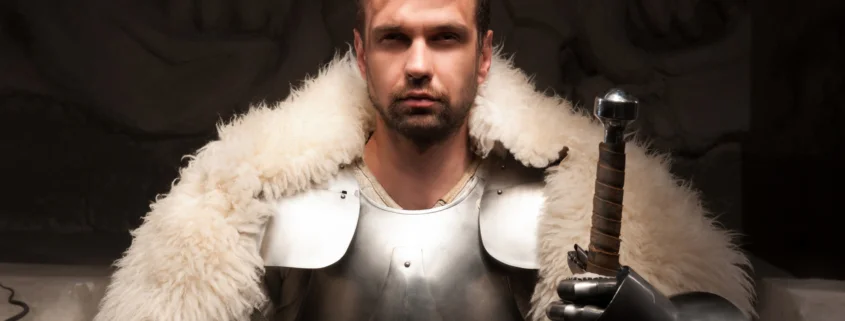A Short History of Head Lice
Lice is a common household term. The term “lousy” means to feel bad or under the weather. A louse is actually a single, adult bug. This word has developed into its current, every day meaning because of the constant, unending presence of these annoying, horrible pests that people have dealt with throughout the centuries. You have to admit, one does feel quite lousy when they realize they have lice.
Humans and Their Ape-Like DNA
It all started over 5.5 million years ago with the critical relationship between humans and chimpanzees. Up until this point, humans and chimps shared the same type of lice that would equally drive both species to incessantly nit-pick at one another in an effort to remove lice and their eggs. Humans and apes are the most closely related of any other species as far as their DNA with a 98% match. During this time two different lineages of lice broke apart and became separate from one another. One type fed on humans and the other solely on chimpanzees. Today we understand that there are many different types of lice, all feeding on a specific type of species of mammal or bird. That is why lice are not transferable to human heads from pets or other animals.
Egyptians Faced the Plague of Lice
Along with a whole host of biblical plagues, Egyptians had a lot of itchy, disgusting problems to overcome. Modern scientific research indicates that lice were definitely a proven part of everyday Egyptian life. In fact, mummified remains that have been traced back to 3000 BC show mummified lice on subjects that were preserved for modern research. Artifacts include lice combs derived from nit-picking, similar to early homo sapiens and apes except for much less caveman like. These combs left traces of ancient nits and lice that indicate they had quite the problem in Ancient Egypt. Priests, royalty, and even many women often tried to avoid infestation altogether by shaving their entire body to ward off body lice and head lice. It was thought that ingesting certain grains with hot water and spitting them back out would help fight off an infestation. They also used a mixture of spices mixed with vinegar and applied it directly to the scalp over the period of several days.
Knights, Ladies, and Common Peasants
Medieval folklore includes the mention of dealing with lice throughout this dark era. Anyone who lived back then was under constant duress of catching or living with lice. No King, Queen or Duke was immune to its nasty bite. One myth tells that to lure the lice off of the scalp, one would make a fur vest and wear it throughout the day and night hoping lice would make their way onto the warm fur. As ridiculous as that may sound, with no real medical knowledge of how to alleviate the problem who knows how many medieval men or women may have actually attempted this practice.
Pioneers and Lice
Frontiersman across America dealt with lice. Especially during times of battle or sickness when malaria, typhus or cholera would mandate that large groups of people, unkempt and unclean would harbor lice in close quarters. Nit-picking combs derived from animal bones have been discovered by Archaeologists from the early 1800s that suggest these early Americans did their best to combat the problem. With little or no extra clothing, shared beds and no indoor plumbing, it’s not wondering lice was a reoccurring problem.
The 20th Century and Modern Day
Scientists started to devise pesticides around the beginning of the 1920s and 1930s that were intended to fight off malaria-infested mosquitoes. These treatments were realized to also kill lice and their nits. Because of these modern revelations, during World War II lice was less of a problem among soldiers the many people may think. However, today we know that harsh chemicals are not the safest, effective way of ridding people of lice. Dehydration methods make the most sense, and modern technologies make them affordable and readily available to anyone who encounters lice.










